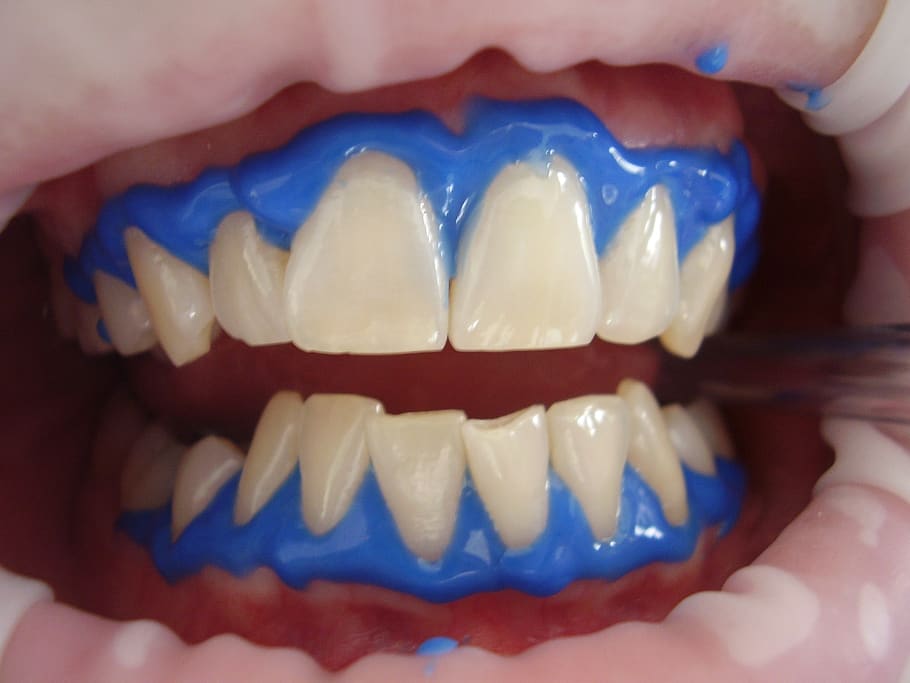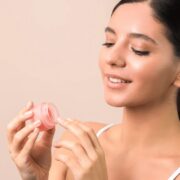
For many years now, braces have been the most common and popular way to correct teeth misalignment. They’ve been around so much that most people don’t realize that there are other (and maybe better) ways to make their teeth straighter.
In some cases, braces are the only option available to correct severely misaligned teeth. You should consult your orthodontist to find out the best treatment plan for you. In the meantime, here are some alternatives to braces that you can consider and suggest to your doctor.
INVISALIGN
These are clear removable aligners that look like thin mouthguards. Invisalign is near-invisible, comfortable, and easy to use.
Invisalign aligners are fitted to your teeth and are replaced every few weeks to gradually straighten them over time. It is a treatment that’s fast becoming popular due to its simplicity, convenience, and discreet nature when compared to braces.
The procedure begins when a 3D map of your mouth is taken by the orthodontist. A series of aligners are then created based on the map. You will be required to wear them for about twenty to twenty-two (20-22) hours each day to get the most out of them.
You will be able to eat anything you want to eat when using aligners because they can be easily removed and should be reinserted only after thoroughly brushing your teeth after meals. The aligners require little to no maintenance, although you will still have to go for check-ups occasionally with your orthodontist. Invisalign gently shifts your teeth into a near-perfect alignment.
Invisalign can sometimes be more expensive than braces, although they can be covered by insurance.
DENTAL VENEERS
If you’re looking for a quick, means to get straighter teeth, then dental veneers are a viable option. It is an irreversible procedure that is usually carried out by a cosmetic dentist so you want to give it a lot of thought before deciding to do anything.
Veneers are tooth-colored shells that are permanently attached to the front surface of teeth to improve their appearance. They can also be used in cases of chipped, broken, misshapen, stained, or smaller-than-average teeth.
Usually, a mold of your teeth is created from which the veneers will be made. Then, the surface enamel of your teeth is removed to apply the veneers.
They can last for up to ten years once implanted before they need to be replaced. They are strong and very resistant to staining.
RETAINERS
Retainers are usually provided in conjunction with other teeth correction procedures like metal braces and Invisalign. However, if your bite defect is minor, retainers can be used to straighten your teeth.
An Essix retainer is usually transparent and can fit easily over the arch of your mouth, thus making it less obvious than normal braces. Retainers are characteristically less expensive than braces.
Keep in mind, however, that cases, where retainers can achieve the desired result of straighter teeth, are very limited. Retainers can only work if minimum correction is required.
LINGUAL BRACES
Lingual braces are also called incognito or hidden braces. They are less visible braces made of ceramics and are attached to the backside of teeth.
They are technically still braces, but they are less firm and more discreet. They will not be easily noticed by other people when you talk, smile or laugh. Hidden braces are specially designed for each individual’s mouth so you’ll need to consult your orthodontist if you’re thinking of getting them.
Lingual braces are also safer than traditional metal braces because there is less chance of injury from cutting your mouth on the sharp edges.
However, they are more expensive than normal braces and not as tight. They also don’t exert as much force as metal braces, so they might not be the best option for severe cases of misaligned teeth.
HEADGEAR
Headgears are orthodontic equipment that was previously used to correct cases of severe overbites. Headgears work by putting pressure on the upper teeth through the jaw. They can either be used to forcefully shift teeth to a particular position or simply properly align them.
Headgear is removable, so they have to be worn for a specific amount of time each day, which varies from case to case, depending on the severity. You have to consult your orthodontist to give you specific instructions on the use of headgear.
Headgear is the least popular method of straightening teeth because, although they are very effective, they are also overly noticeable and not aesthetically pleasing.
Whatever your decision, please keep in mind that the welfare of your teeth is the most important thing to consider.









